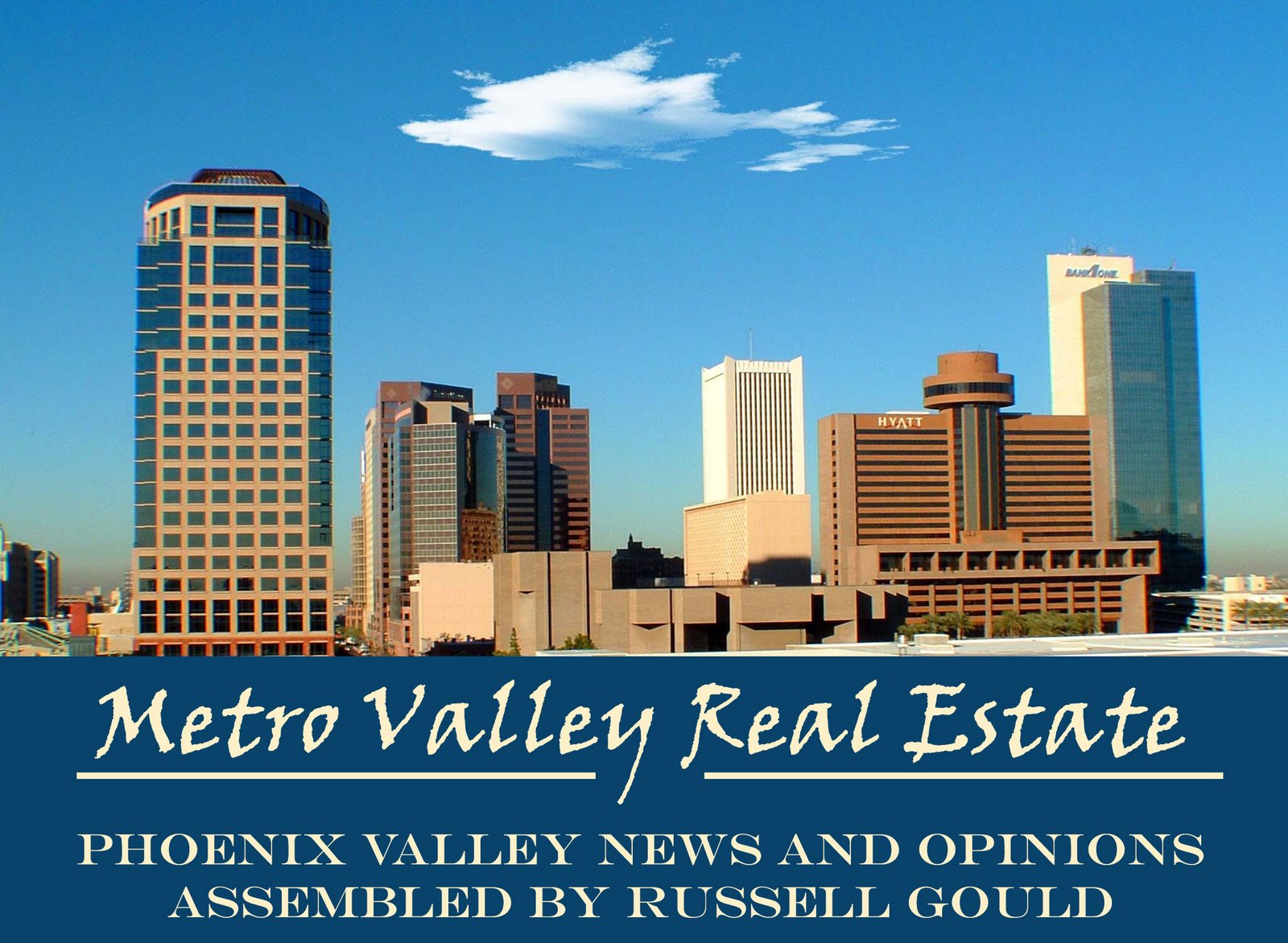Infrastructure needs $417 billion
by Ryan Randazzo - May. 22, 2008 12:00 AM
The Arizona Republic
Arizona's electric, communications, water and transportation infrastructure needs more than $400 billion to match expected growth within the next 25 years, and existing funding methods won't keep up with population, according to a new study from Arizona State University.
The Arizona Investment Council commissioned the report from the W.P. Carey School of Business at ASU. It will be made public today.
If the state and its residents don't pony up the estimated $417 billion to $532 billion needed, the report's authors conclude that failing infrastructure will limit the state's economic growth and may end up "stifling growth itself."
Among the report's conclusions:
• Electricity prices are going to rise at or above the rate of inflation to keep up with the need for more power plants.
• Businesses will be reluctant to relocate to the state without significant investment in telecommunications because the state's networks don't stand out in any way from the rest of the country, and many rural areas don't have high-speed connections.
• Even with planned improvements, roads, railways and airports in the state will be more crowded and handle traffic worse.
• The water-delivery systems, particularly Salt River Project and the Central Arizona Project, are outdated and can't keep up with growth. Central Arizona will need additional water supplies well before 2050, it said.
The Arizona Investment Council was formed in 1994 to represent investors in public utilities and since has expanded to advocate infrastructure planning to accommodate the state's population growth.
Although the report's conclusions seem to echo concerns that Arizona Public Service Co. raised in its current rate-hike request, council President Gary Yaquinto said the authors came to their conclusions independently.
"Take it as corroboration of the point that we are nearing our constraints on delivering power to Arizona," he said.
Tim James, director of research and consulting for the L. William Seidman Research Institute at ASU, said his team approached the research with a balanced perspective and found the condition of the state's infrastructure startling.
"We've been sweating our equity," he said. "And now it's time to pay the piper. We are an economy that eats itself here. Housing feeds housing."
The study predicts the state will continue to grow rapidly - about 65 percent between 2008 and 2032, adding 4.2 million more people to the current 6.3 million.
James said that the current economic slowdown could even spur growth in Arizona because it still offers an attractive lifestyle compared with many other regions. Asked if slower growth is preferable, James responded that even when attracting high-paying, high-tech jobs, infrastructure is a key consideration for executives to bring in those companies.
In the energy sector, the state has been meeting growth by building mostly natural-gas plants, which the study said likely is unsustainable because natural-gas prices are rising and global-warming concerns will discourage more reliance on the fuel as well as coal-fired power.
Instead, utilities will have to turn to more costly energy sources such as nuclear power or non-polluting coal, the report said. The latter isn't commercially viable but is getting lots of research.
"The era of declining electricity prices is over," the report said. "Retail prices will have to rise to allow producers to recover the higher cost of fuels and more expensive methods of generation that are necessary if the industry is to support environmental initiatives."
James advocated creative financing measures to prevent current residents from shouldering the entire financial burden of growth.
"If you've been living here and you've paid your fair share, you ask, 'Why do I have to pay this?' " he said. "It seems unfair."
The report lists several financing suggestions, from development fees on new homes, bonding measures, toll roads, and even more frequent yet smaller rate increases at utilities.
Telecommunications would benefit from creative solutions such as tax incentives, cutting right-of-way fees and higher standards in building codes, it said.

No comments:
Post a Comment